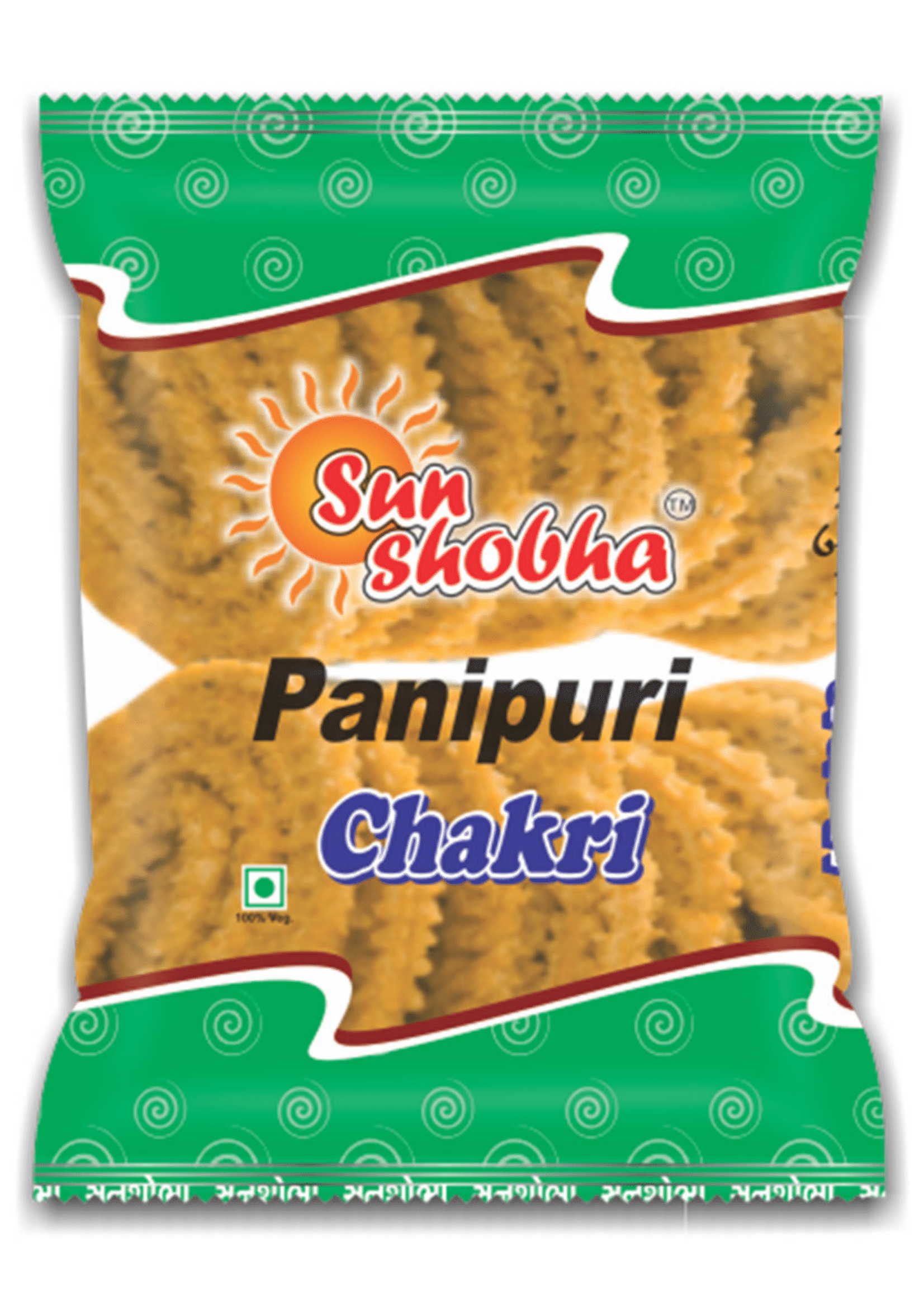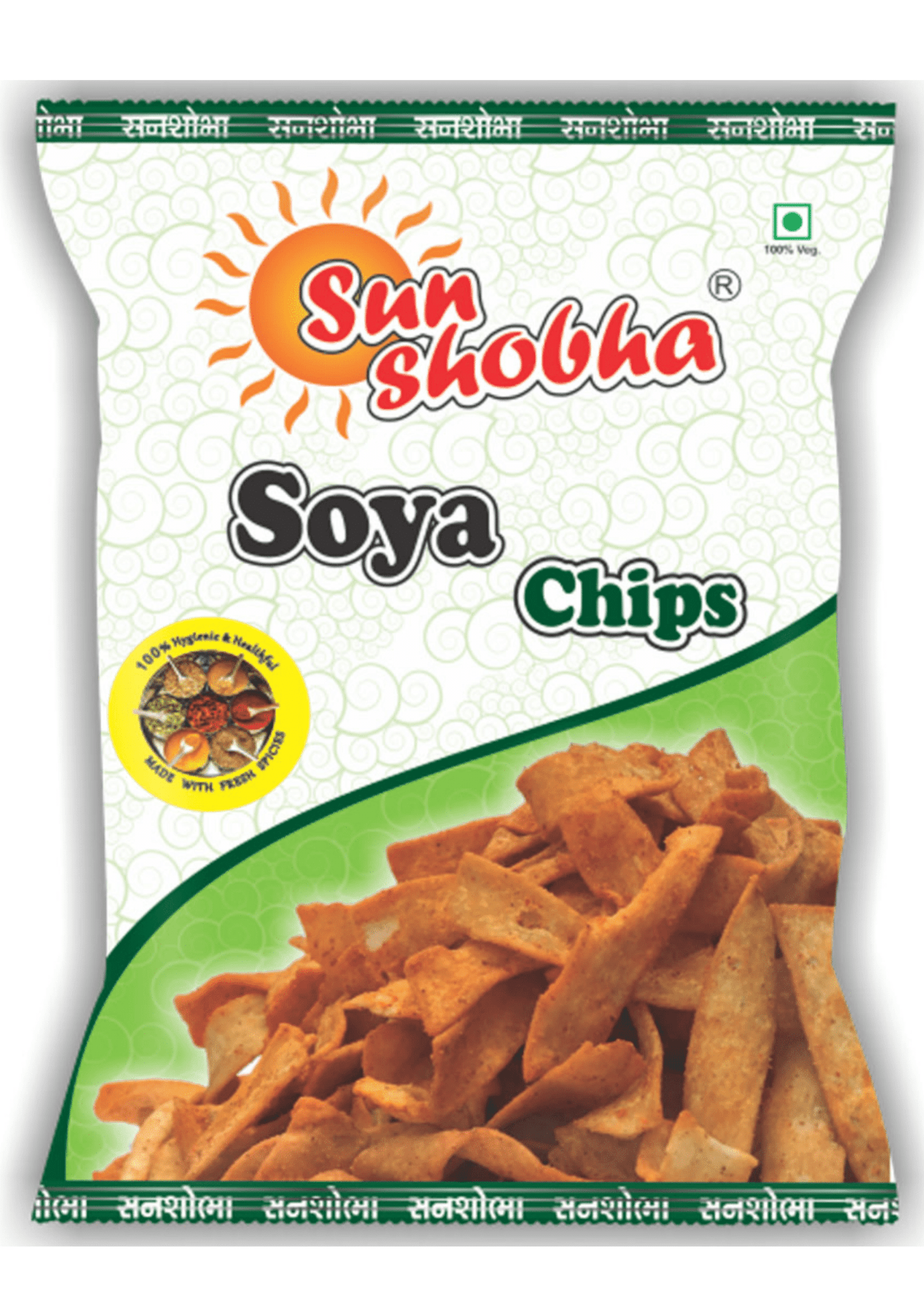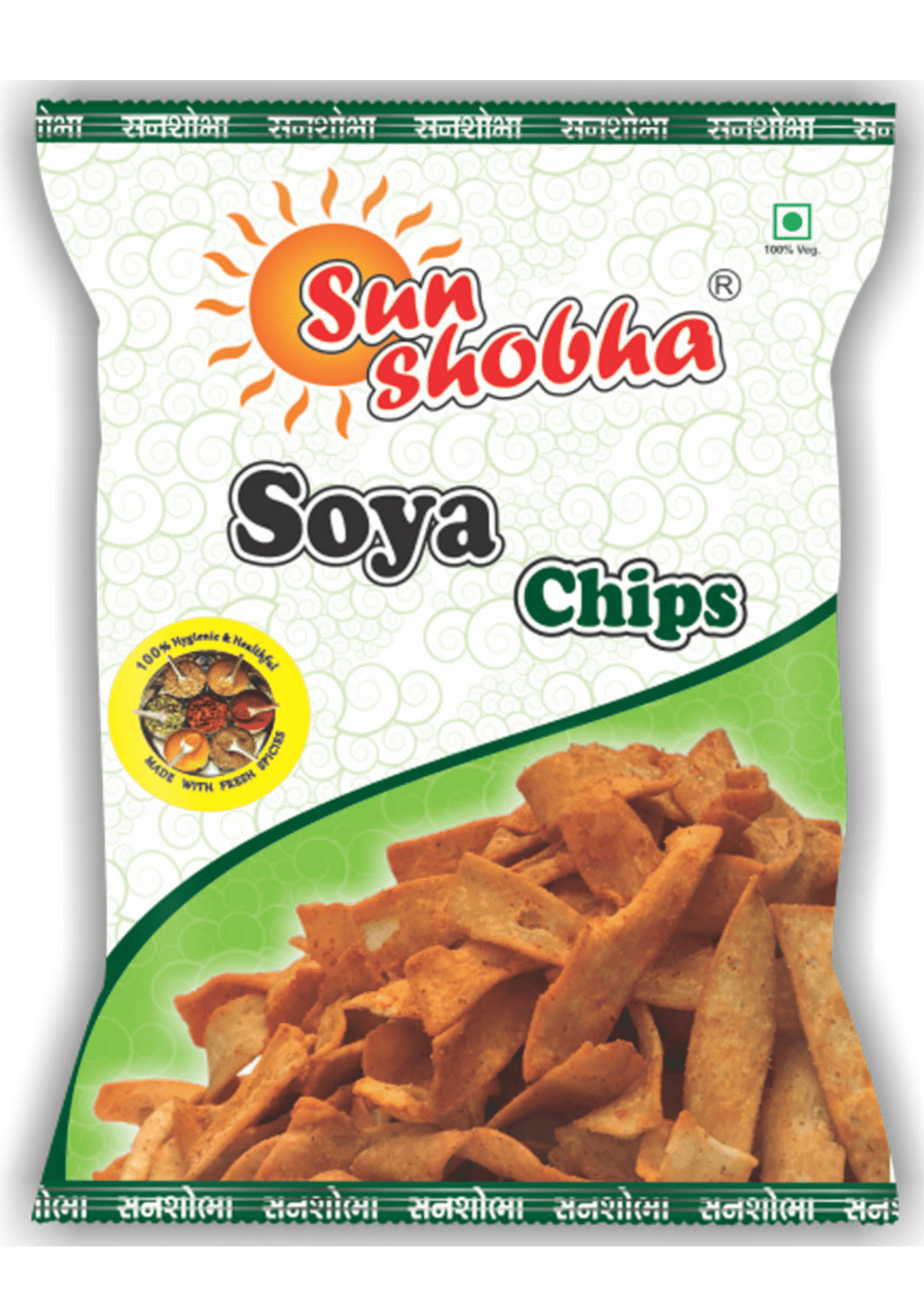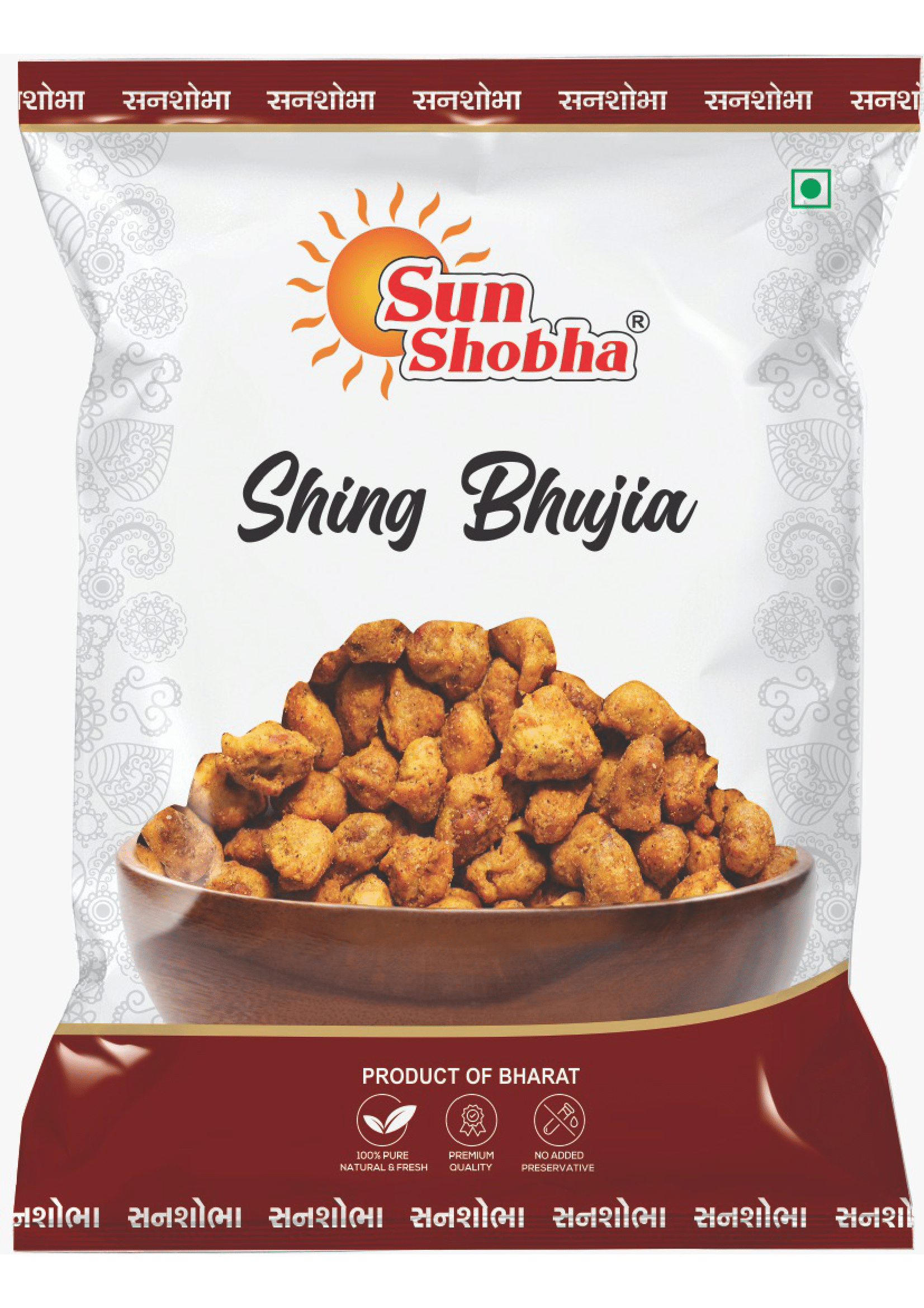Stick Manufacturing
Sunshobha Stick Snack is a popular crispy, savory snack that has gained significant popularity due to its unique taste and texture. It belongs to the broader category of Indian snacks, often consumed with tea or as a mid-day treat. This snack is similar to traditional Indian namkeen, offering a crunchy and flavorful experience. Its manufacturing process involves the use of various ingredients and methods that make it appealing to both adults and children.
This snack is known for its shelf life, making it an ideal product for mass production and retail distribution. Understanding the key aspects of its manufacturing process, from ingredient sourcing to packaging, is crucial for anyone looking to explore the snack food industry.
Ingredient Selection and Sourcing
The primary ingredients used in Sunshobha Stick Snack include wheat flour (or refined flour), edible oil, and various spices and flavorings. Some variations may include rice flour, gram flour (besan), or corn flour to adjust the texture and flavor. The selection of high-quality raw materials is essential to maintaining product consistency and taste.
- Wheat Flour: The base of the snack, which provides the necessary structure.
- Edible Oil: Generally, refined vegetable oils are used, such as sunflower or palm oil, for frying the sticks to give them their signature crunch.
- Spices and Flavorings: Popular spices include cumin, carom seeds (ajwain), red chili powder, turmeric, and salt. Different regional versions may incorporate local spices for added variety.
- Additives: Optional preservatives may be added to extend shelf life, as well as artificial or natural flavor enhancers to improve the taste.
Manufacturing Process
The production of Sunshobha Stick Snack can be divided into several key stages:
Dough Preparation: Wheat flour, spices, salt, and other ingredients are mixed with water to form a dough. This dough needs to be elastic enough to be shaped into thin sticks. The dough can also be flavored with spices or herbs before shaping.
Shaping: The dough is then extruded or manually shaped into thin sticks. This step may be done using machines that can create uniform shapes for large-scale production. The thickness and length of the sticks are standardized to ensure uniform cooking.
Frying: The shaped dough sticks are deep-fried in hot oil at a consistent temperature. The frying process is crucial for ensuring that the sticks achieve their crispy texture. The oil needs to be maintained at an optimal temperature to prevent undercooking or overcooking, which can affect the quality and taste of the product.
Seasoning: After frying, the sticks are allowed to cool slightly before being tossed with additional spices or flavorings. This is when specific flavor profiles like tangy, spicy, or salty are added to the snack.
Quality Control: Quality checks are performed throughout the process, including testing the texture, taste, and appearance of the final product. Machines may be used to ensure that the sticks are of uniform thickness and free from defects.
Packaging
Once the Sunshobha Stick Snack is manufactured and cooled, it is packaged to preserve freshness. The packaging plays a significant role in extending the shelf life and ensuring that the product remains crispy. Typically, the snack is packed in nitrogen-filled, air-tight packets to prevent moisture absorption. Various sizes of packaging are offered to cater to different market needs, from small, single-serving packets to family-sized packs.
Market Distribution
The distribution of Sunshobha Stick Snack generally follows a multi-channel approach. Local grocery stores, supermarkets, and online platforms all serve as key distribution points. The snack’s long shelf life and portability make it a convenient product for consumers, helping to drive its popularity.
Challenges and Considerations
- Consistency in Quality: Maintaining consistent quality in large-scale production can be challenging, requiring strict adherence to production processes and quality control measures.
- Health Trends: With growing consumer awareness about healthy eating, manufacturers may face pressure to reduce the use of oils or preservatives in their products.
- Competition: The snack industry is highly competitive, with numerous regional and national brands vying for consumer attention. Therefore, branding, innovation, and marketing strategies are crucial for success.
Conclusion
The manufacturing of Sunshobha Stick Snack is a detailed process that requires careful attention to ingredients, processing, and packaging. Its popularity lies in its crispy texture and savory taste, making it a favored snack across different demographics. As consumer preferences evolve, manufacturers of Sunshobha Stick Snack must adapt by maintaining high-quality standards and exploring healthier, innovative product variations to meet market demands.







